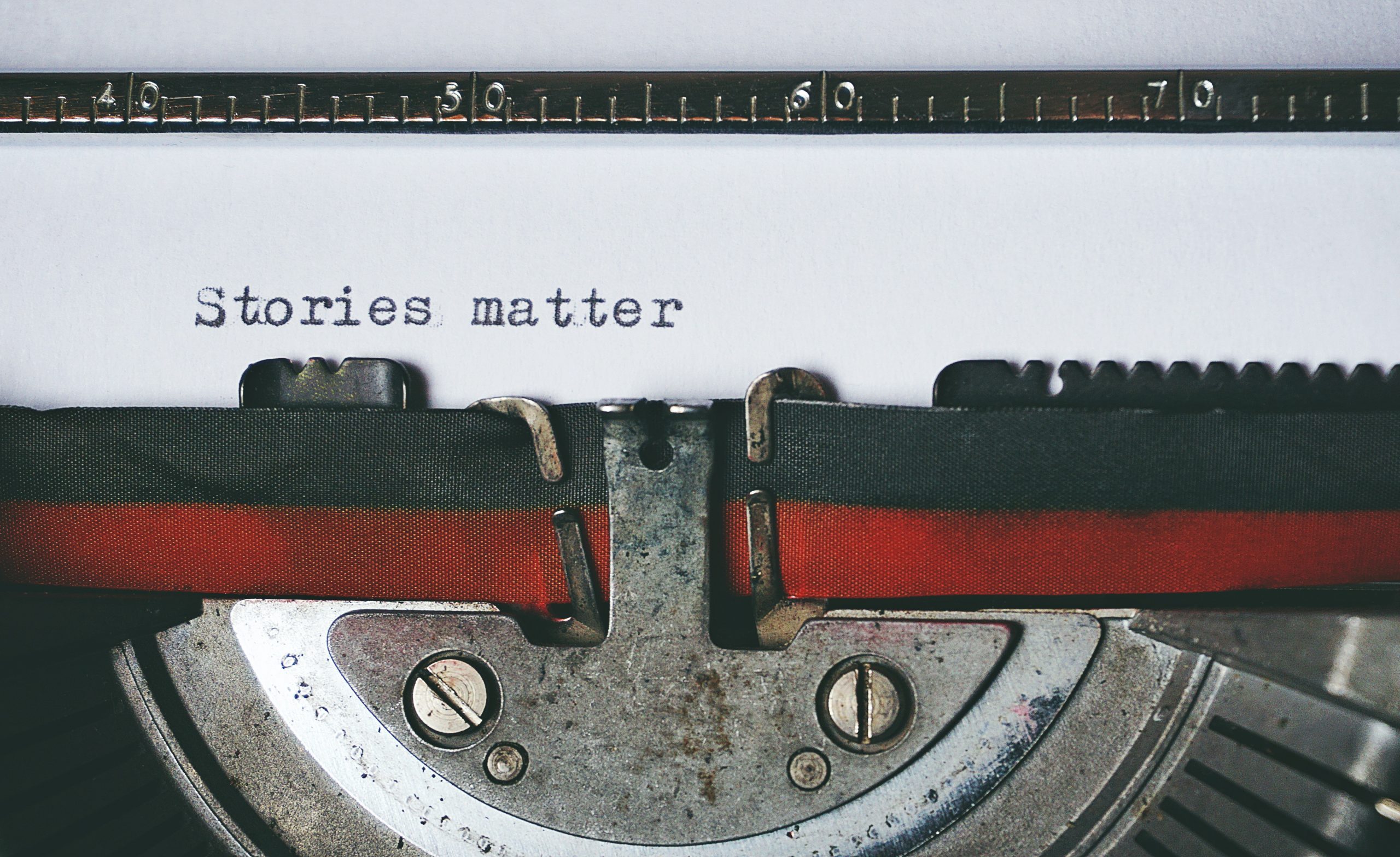
How are you telling your story? Everyone has one to tell.
Feature stories are an important thread to brand storytelling. They provide opportunities to extend brand awareness, further customer engagement and foster lifelong supporters of your business. Feature stories are about individuals, events and company character. They benefit your company by linking your brand and products to a larger trend or industry focus area. Incorporating feature stories into your marketing strategy builds upon the intellectual capital of your brand, framing your company as an accomplished thought leader.
Here are the top three benefits of writing company feature stories:
Gives voice to unsung heroes
Feature stories help weave the cloth of brand personality. They are often written to celebrate achievements, commemorate successful business ventures and translate compelling breakthroughs into words people can readily digest. A great way to effectively market your business, feature stories encapsulate the essence of your brand’s unsung heroes to stimulate customer loyalty and brand intrigue. Feature stories tell a piece of news through a narrative style. They are an in-depth look at a real-life topic, product or industry and are designed to be read at a leisurely pace. They are not a straight information article or a list of data, but a story people feel excited to read.
An opportunity to nurture leads
Feature stories emphasise information over overt promotion. They demonstrate products and services in action, providing a colourful showcase of how you can help prospective clients. Feature stories help make your brand more recognisable and memorable, leading to an increase in referrals and conversions.
When writing a feature story, keep your audience present. Cast them as the protagonist. A feature story is written for your target audience, showing them why they should enlist your service. Before you begin writing, ask yourself who your target audience is. How do they like being spoken to? What are their values and pain points? Ensure your feature story clearly identifies what you’re helping your audience achieve. This will help you nurture leads.
Humanises brands
Feature stories allow readers to view your company through a personalised lens. Storytelling is an important marketing strategy because stories speak to our experience of being human. Author and Digital Anthropologist, Frank Rose says, ‘Just as the brain detects patterns in visual forms of nature – a face, a figure, a flower – and in sound, so too it detects patterns in information. Stories are recognisable patterns, and in these patterns we find meaning.’
As well as being engaging, stories help us consolidate information. Because “storytelling” is inherent in the writing of feature stories, always focus on benefits over features. For example, no one cares if your establishment has a five-star rating unless they know the benefit your product and/or service gives them. Feature stories enact a portal in which products, situations and events can be humanised for audience engagement.
How to structure feature stories
Now that you know the benefits of writing company feature stories, here are our tips for how you can structure them:
Headline
The headline is usually the first thing readers see. This requires us to be selective about the words we choose in stimulating initial engagement. The headline should encapsulate why the story is important in 20 words or less.
Examples:
• Financial Planning Agency Reveals Top Budgeting Do’s and Don’ts for Small Businesses
• Revolutionising Construction: Builders Use Design Thinking Principles to Create One-of-a-kind Luxury Experiences
• An Expert Team of Clinical Psychologists Weigh in on the Best Ways to Mitigate Stress in the Workplace
Lead
The lead expands upon the meaning of the headline in two to three sentences. Focus on introducing the interesting aspects of the story itself and withhold from mentioning the brand at this point. If you mention the brand too early, the feature story will feel too much like a straight sales pitch.
Second paragraph
The second paragraph usually ties in the grounding contextual information, including who is behind the feature article. It is important to include the name of the company or spokesperson and web address near the top of the feature story for clarity and transparency.
Third and fourth paragraphs
Third and fourth paragraphs should include content which explains the benefits of a product and/or service. These paragraphs should also include supporting evidence and statistics, demonstrating how the story has affected people. Every detail needs to further the story and hold reader’s interest.
Third and fourth paragraphs are also a good place to include quotations from experts. Including expert quotations imbues the feature story with authority. Quotations advance the story through the unveiling of personal feelings, comments and opinion. Quotations shouldn’t merely cite facts or figures. They need to be kept conversational for optimal engagement. Always include the strongest quotation first. Be sure to provide information on the speaker and their connection to the company in the contact section of the article. When preparing to interview talent, ensure the talent’s expertise is aligned to the topic. This ensures that their input adds both professional weight and intrigue to the story.
Concluding paragraph
The sixth paragraph is usually a good place to wrap up. A six-paragraph feature story is long enough to build upon reader interest, but short enough to not take up too much of their time. By this point, readers should be engaged and compelled to act. This is where you need to include hyperlinks on where users can source more information as well as important landing pages.
Images
Images help explain the story and catch the eye of the reader. It’s a well-known adage that “a picture says a thousand words.” Images are great at communicating what can’t be said in words alone. When sourcing images, ensure they’re of high-quality and be wary of copyright laws. Poor quality photos can reflect on the quality of the feature.
Other multi-media elements
While not essential, other multi-media elements can enhance the online experience for the reader. Other multi-media elements include, video clips, audio version of the story, additional expert quotes and interviews.
Writing company feature stories helps brands weave the cloth of their personalities. This allows businesses to increase their intellectual capital, captivate prospective customers and nurture brand loyalty.
Do you require expert assistance with writing a feature story?
Elite Words is here to help. We help our valued clients portray their experiences in words every day. Contact us to learn more about the services we offer to help brands shine.

